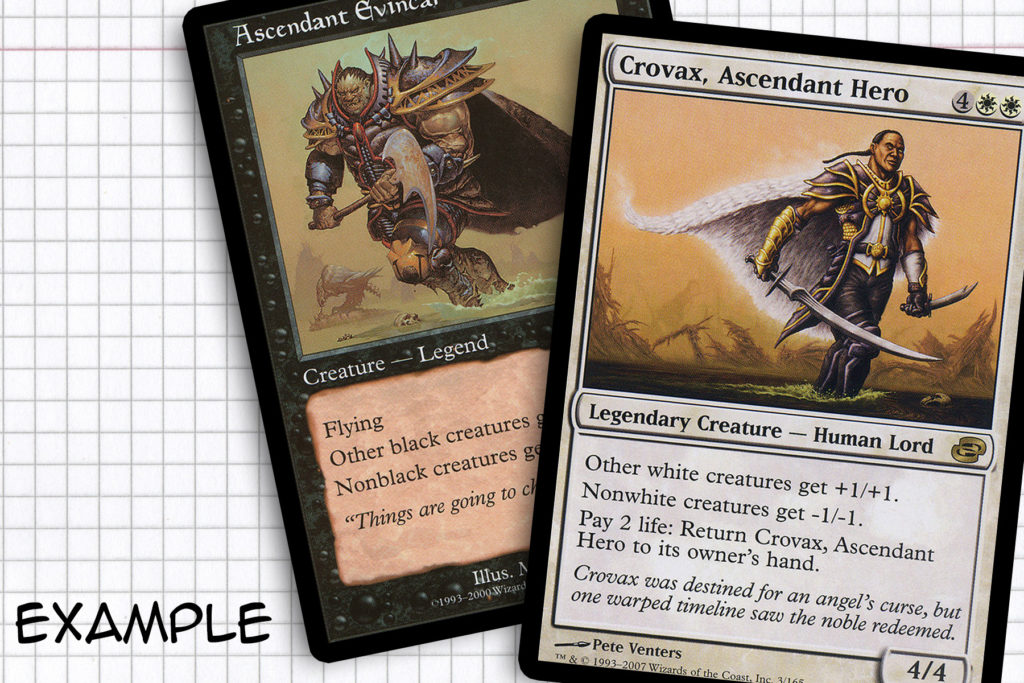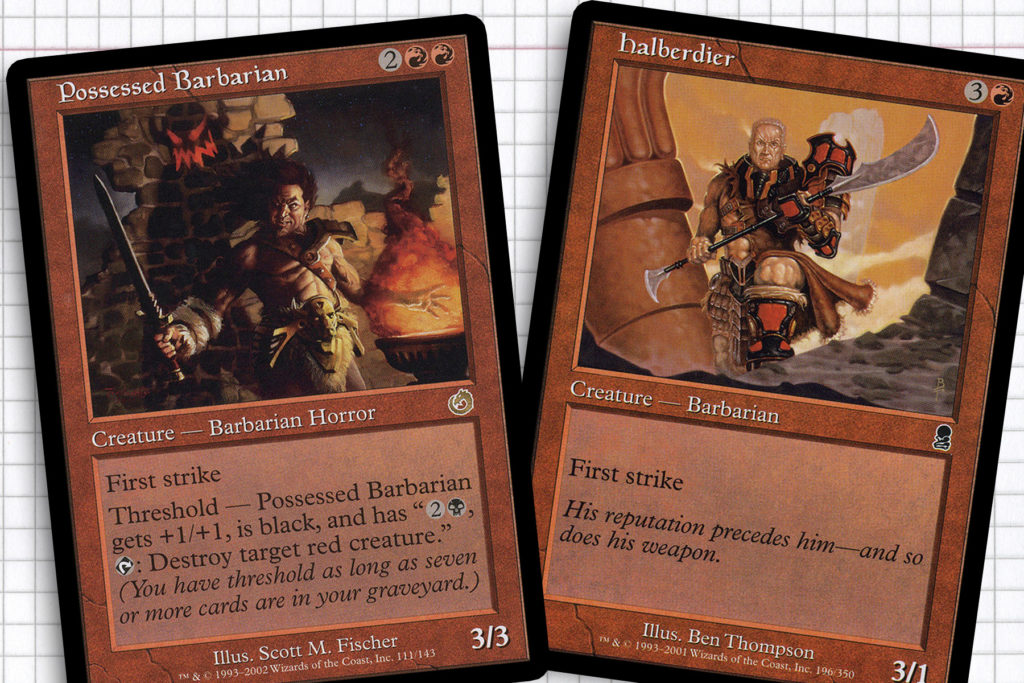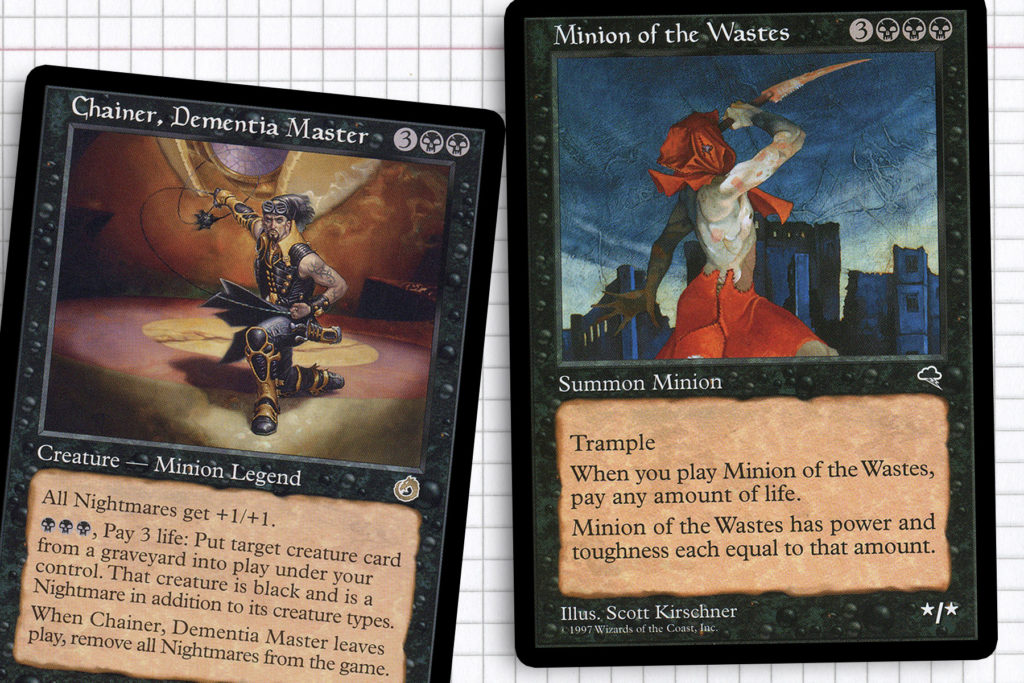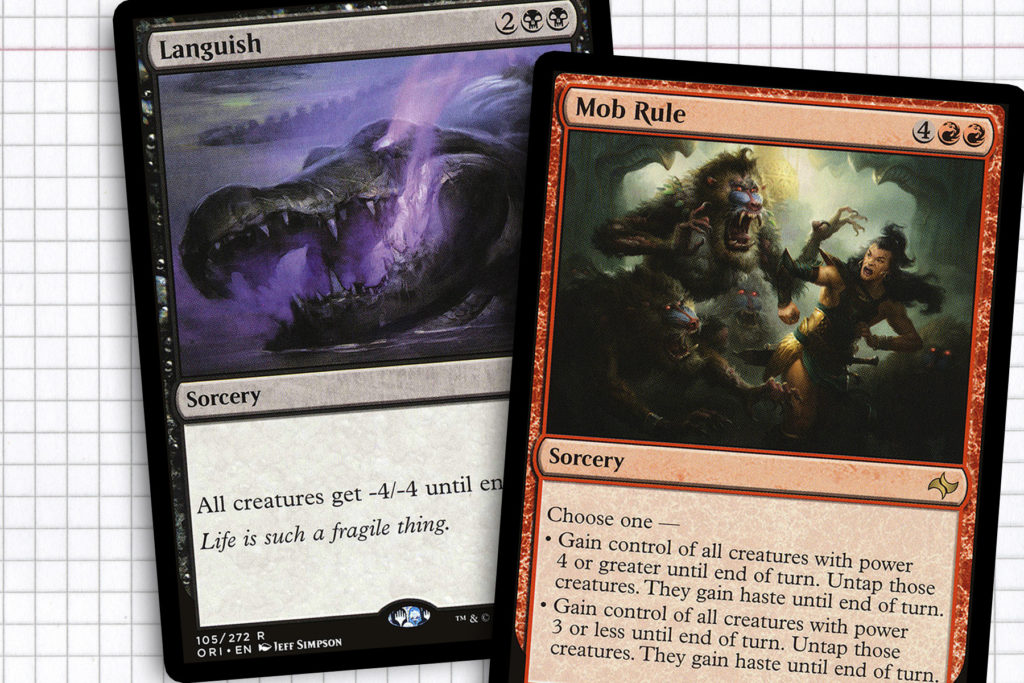I have been a Graphic Design major for much of the last decade. The lessons that have stuck the most are the ones I got but failed to follow soon after, only to discover that the lesson was there for a reason. Today’s lesson came on my second day of Painting I. After buying the supplies and getting everything set-up in our spaces, we were instructed to open up our can of black paint and make a dot anywhere on the canvas. A few minutes later, we were instructed that the dot would ultimately need to be incorporated into our final painting. The painting that followed that dot is still hung up in my house—four living spaces later—and was one of my highest graded works.
On the next painting, I did not put a black or purple or red dot anywhere on my canvas and I can actively remember being caught up in decision paralysis for an hour or two, as I was too afraid to commit anything towards the final work. I would equate this feeling to about two months back when I struggled to eventually find Celestial Kirin.
As I started drawing up plans for an article, I went back to that lesson. With nothing timely going on—I know, there is always Ixalan—and one of my planned articles needing a little more help, I needed some starting point to be my black dot and drive the narrative. So what was the black dot?

Double Vision
As a way to try to give myself a starting point, my aim this week was to construct my deck with every card in the old Pre-Eighth Edition frame. When I saw Balthor the Defiled the card felt different than recent entries; but due to his full potential not being in line with his color identity, I worried there might not be anything fresh to show off. I then looked to Balthor the Stout and it all clicked. If the second ability on Balthor the Defiled isn’t fleshed out enough when restricted to only Black, what about opening up the color identity in an interesting way? In that moment I remembered a blog post from Tumblr/Twitter’s Flavoracle on an interesting format idea proposal: Quantum Commander.
You can read through his post, but for the sake of the article here are the basic guidelines:
- Players still have a 100-card singleton deck (except for basic lands).
- Instead of one legendary creature for a commander, QC decks have up to two commanders, as long as both creatures flavorfully represent alternate versions of the same character.
- QC decks may contain cards that match the color identity of the combined commanders.
- Players may only have one of their commanders on the battlefield at a time (we don’t want any paradoxes, after all).
- If a player has one of their commanders on the battlefield, casting their other commander results in exiling the first, and sending it to the Command Zone (regardless of who controls the creature at the time).
- When a commander is in play, its owner may not cast any spells from their hand in colors outside of that commander’s color identity.
- A player can only win the game when one of their commanders is on the battlefield (though not necessarily under their control).
Since this is a Commander series and the concept of this variant doesn’t cleanly adapt to normal Commander rules as other formats do, I’m going to treat this deck as a house-ruled pair of Partner generals that you have a personal sense of honor playing a prescribed way. But if this format inspires you to start a Quantum playgroup, all the better!
So on one hand we have Balthor the Stout, the less-than-optimal Barbarian lord who doesn’t get enough love. On the other we have Balthor the Defiled, the reanimation spell for the late game that’s also relevant to Minions. Separate they are a little underwhelming—Defiled could probably be a mono-Black all star if built properly—but together they feel like they have the synergy of the Commander 2016 Partners. I’m pretty excited by the idea of building a Barbarian tribal deck that’s not Lovisa Coldeyes that gets to include Black.

A Cast of Characters
Ideally, the first phase of playing this deck is to lean on the Barbarian tribal side of the deck, as I envision Red will house most of our creatures. Admittedly the tribe is not strong, but we do have a few solid cards we can turn to. From a story perspective, Balthor is the mentor to two important characters in the Odyssey–Onslaught story arc: Jeska, Warrior Adept, who would one day become Phage the Untouchable, and her brother, Kamahl, Pit Fighter. I personally don’t think of either of these two as being able to readily support decks of their own, but in this deck—if not simply for style points—I would want to include them for their creature type and haste abilities upon being resurrected.
When I started playing, I had an unreasonable fascination with Odyssey block. In hindsight the appeal might have been in the cool visual design for barbarians of shown off on Halberdier, who I would include as pet card that fits the deck. From there Keldon Warlord and Keldon Champion are both solid picks. Pardic Lancers can fill the graveyard, allowing Pardic Arsonist and Possessed Barbarian to reap the rewards. And of course I would be remiss to not mention Taurean Mauler and Changeling Berserker, our resident every-tribe creatures.
Finally, we’re going to want to fill as many of our decks slots with tribal elements as we can, as most Barbarians are not inherently powerful. Adaptive Automaton and Metallic Mimic come to mind, but I would also be interested in the new cards. Herald’s Horn and Vanquisher’s Banner along with Obelisk of Urd and Hall of Triumph to upgrade the quality of our creatures though power and toughness or casting cost. The reward being that not only can our barbarians become bigger and cheaper; but in the event that we lose them, we can always cast Balthor’s future self after the dust settles to refill our ranks.

Phase Two
Since the undead Balthor is a global reanimate, we want to tip the scale in our favor. So, while I am not normally one to suggest aggressively powerful cards, this is really my first chance to write about my ideal graveyard package. As such I would put some resources towards Entomb, Buried Alive, Faithless Looting, and Cathartic Reunion to help fill my graveyard with plenty of creatures to reanimate with Balthor the Defiled. I would also slot in Dread Return, Chainer, Dementia Master, Animate Dead, Rise of the Dark Realms, as well as Liliana, Death’s Majesty for redundancy to undead Balthor.
There is the remaining hanging question over our second general: do we want to embrace the Minion tribal aspect? In the history of Magic, Minions are also not a strong tribe—I don’t know that they are even an option to be printed on new creatures—but they do have a few choice options. Chainer being one of them, along with the aforementioned Phage the Untouchable, Sadistic Hypnotist, and Minion of the Wastes. I would not lean too heavily on Minions, but these four gain subtle value while being helpful to our strategy.

Rakdos Control
In the Rakdos color identity we have a few different avenues for maintaining a brand of control and escaping our current build becoming too Group Hug. To prevent this, I would also advise using graveyard hate like Bojuka Bog and Withered Wretch to clear out anything we don’t want our opponents getting back. I strongly advise including cards like Mob Rule, Mass Mutiny, and Insurrection to play clean up in the event that our board isn’t as impressive as others’.
I would want to pack my deck with a healthy amount of removal—cards like Swat and Smother come to mind as on theme removal for the inclusion Phage and a dwarf. Repeatable kill like Drana, Kalastria Bloodchief or The Scorpion God also come to mind. And universally accepted spells like Languish, Toxic Deluge, and the new Star of Extinction all seem appropriate as well. At the end of the day, I want to remove threats or use threats whenever possible.
Include some mana fixing with variety—especially in a true Quantum Commander where you might not have access to all your spells at a moment’s notice—along with your choice to powerful equipment and enchantments, you just might have a decent deck skeleton.
Ultimately, I don’t know if Quantum Commander will ever be anything other than a niche format played by random groups at kitchen tables. Regardless, with the emergence of the Partner mechanic, I believe house-ruling or thematically tying together partners by character identity is a fun design space to explore. Yes, it probably results in a broken combination somewhere within Magic’s canon, but I see the value in creating interesting deck choices, injecting a sense of diversity and rewarding skilled deck builders.
As always, I turn the floor over to the reader, if you were to build around the proposed Quantum Commander format, what pair of legends would you want to build with? How might you want to tweak the format? Share your thoughts with me and especially Flavoracle over on Twitter, I have to imagine he’d be overjoyed to hear that his idea has some fans. But until next time, remember that if you can’t win, everyone else losing is an acceptable end to a game.

